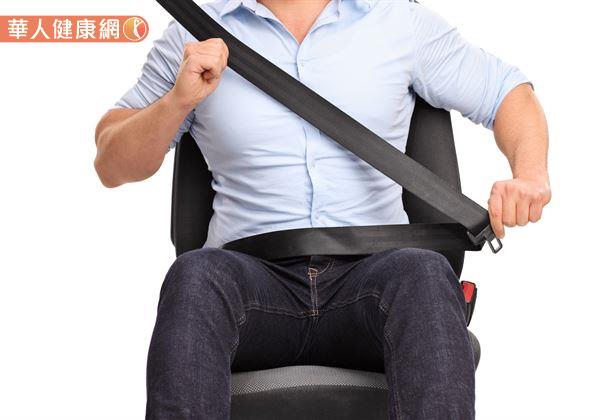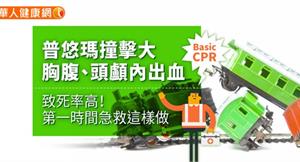全文:
根据英国铁路安全标准委员会(Railway Safety & Standard Board, RSSB)在2007年公布,2018年10月最新修订的编号T-201标题为《改善座椅及桌子的设计来减少乘客伤害(Improving the design of seats and tables to minimise passenger injuries)》作出以下几点建议,为大家节录原文、翻译并说明如下:
1.This research aimed to identify improvements to seat and table design to minimise injuries in an accident.
翻译:该研究旨在研究并确定用来减少火车事故伤害的各种座椅和桌子设计的改进方式。
2.The research led to the development of an anthropomorphic testing device (ATD - crash test dummy) specifically for the rail environment. The ATD was then used to evaluate the benefits of two-point lap belts (as used in commercial aviation) and three-point, lap and diagonal belts (as used in cars).
翻译:这个研究设计一个专用于铁路运输环境的模拟设备(ATD - 碰撞测试假人)。并使用ATD评估来两点式安全带(用于商用航空)和三点式安全带(用于汽车)的好处。
3.Accident analysis, sled testing, and computer modelling concluded that neither type of seat belt should be used in rail vehicles.
翻译:从事故分析、仿真碰撞测试及计算机模型测试中得到的结论是,铁路车辆中不应使用任何类型的安全带。
4.Two-point seat belts would usually increase passenger injuries in a crash, and while three-point seat belts could reduce injury to restrained passengers, they require the strengthening of seat backs which would increase injuries to unrestrained passengers.
翻译:两点式安全带通常会在碰撞中增加乘客受伤,而三点式安全带虽然可以减少对有使用安全带的乘客的伤害,但他们却同时需要加强座椅的靠背强度,而加强座椅的靠背强度会增加对没有绑安全带的乘客的伤害。


 普悠瑪撞擊大,胸腹、頭顱內出血,致死率高!第一時間急救這樣做
普悠瑪撞擊大,胸腹、頭顱內出血,致死率高!第一時間急救這樣做
 研究:遠離癌症10大關鍵!多吃花椰菜、秋葵,少碰「三高」地雷食物
研究:遠離癌症10大關鍵!多吃花椰菜、秋葵,少碰「三高」地雷食物
 血糖飆高肥胖上身!拒絕白色恐怖食物遠離糖胖症
血糖飆高肥胖上身!拒絕白色恐怖食物遠離糖胖症
 台灣兒童高度近視盛行率高於全球!兒童近視矯正及早控制,降低近視惡化風險
台灣兒童高度近視盛行率高於全球!兒童近視矯正及早控制,降低近視惡化風險
 罕見對陰道塞劑引起過敏!患者雙手紅腫!第一時間處置+抗過敏治療緩解
罕見對陰道塞劑引起過敏!患者雙手紅腫!第一時間處置+抗過敏治療緩解
 你是真敏感,還是亂保養破壞「膚況」?皮膚科醫師示警:別當保養成分的實驗場
你是真敏感,還是亂保養破壞「膚況」?皮膚科醫師示警:別當保養成分的實驗場








 闽公网安备 35020302001899号
闽公网安备 35020302001899号
